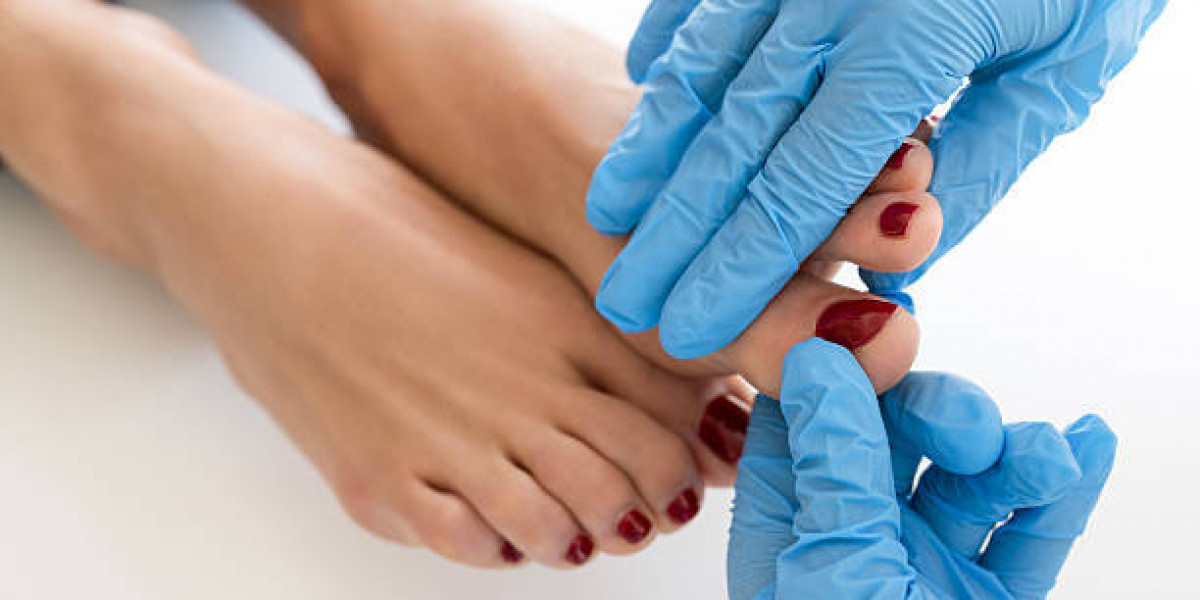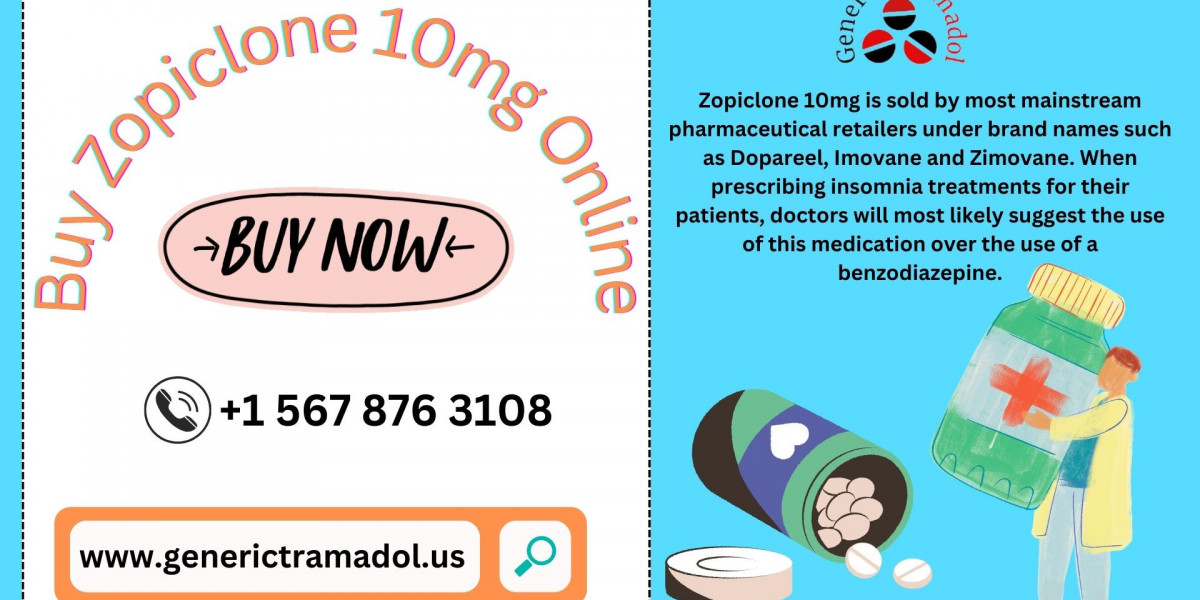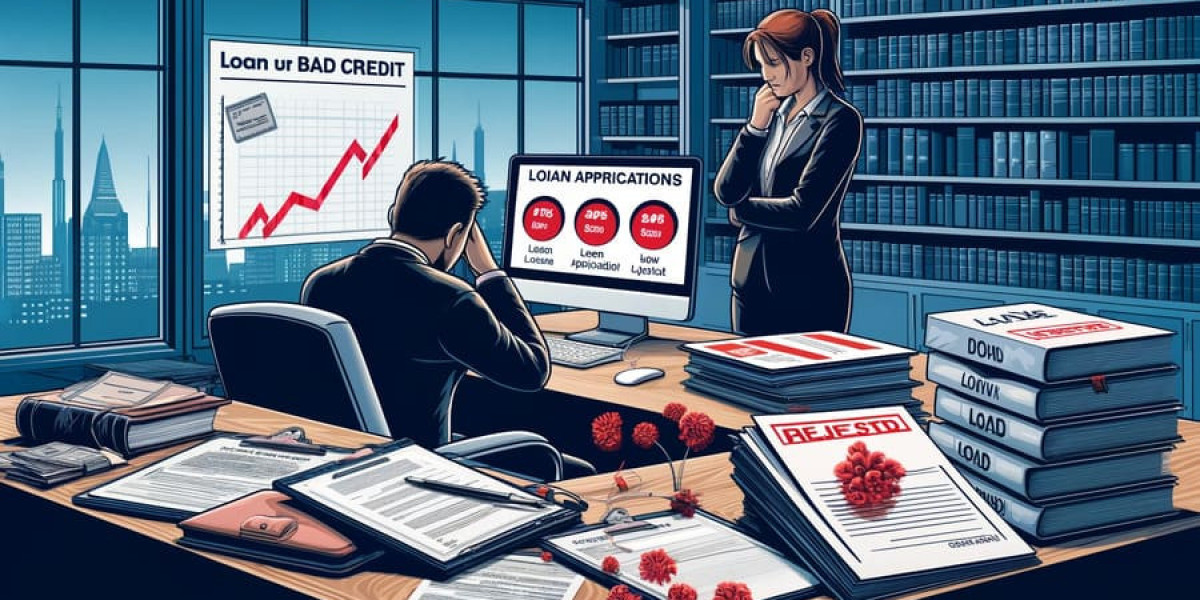Nail fungus is a common condition that affects millions worldwide. It can cause discoloration, thickening, and even crumbling of the nails, leading to discomfort and self-consciousness. Understanding the available nail fungus treatment options is essential for restoring healthy nails and preventing recurrence. This article explores the causes of nail fungus, various treatment approaches, and tips for successful management.
Understanding Nail Fungus and Its Causes
Nail fungus, medically known as onychomycosis, is caused by a fungal infection that invades the nail bed and plate. The fungi thrive in warm, moist environments, making feet especially susceptible due to enclosed shoes and sweaty conditions. Risk factors include aging, poor circulation, diabetes, weakened immune systems, and frequent exposure to damp environments. The infection usually starts at the edge of the nail and slowly spreads inward, causing nails to become discolored, brittle, and thickened.
Since nail fungus can be stubborn and slow to heal, early detection and treatment are crucial. Without proper care, the infection can lead to pain, secondary bacterial infections, and permanent nail damage.
Conventional Nail Fungus Treatment Options
Several nail fungus treatment methods exist, ranging from home remedies to prescription medications and advanced medical procedures. Choosing the right treatment depends on the severity of the infection, the patient’s health, and personal preferences.
Oral antifungal medications are often the first line of treatment for moderate to severe infections. These drugs, such as terbinafine and itraconazole, work by attacking the fungus from within the body. They typically require a treatment course of several weeks to months and may have side effects, including liver toxicity and interactions with other medications, so medical supervision is essential.
Topical antifungal treatments, including medicated nail lacquers and creams, are an option for mild infections or as a complement to oral drugs. While these treatments are safer and have fewer side effects, they may take longer to show results and have lower success rates because the medication must penetrate the nail to reach the fungus.
Home remedies like tea tree oil, vinegar soaks, and essential oils are popular but generally lack strong clinical evidence. They may help reduce symptoms but are unlikely to eradicate the infection on their own.
Innovative Laser Therapy for Nail Fungus
Laser treatment is an emerging option gaining popularity for nail fungus treatment. This method uses targeted laser light to heat and destroy the fungal cells without damaging surrounding tissue. Laser therapy is typically painless, requires no anesthesia, and can be performed in a dermatologist’s office in brief sessions.
Advantages of laser treatment include fewer side effects compared to oral medications, minimal risk of drug interactions, and a shorter course of therapy. Patients may notice improvements after just a few treatments, although multiple sessions might be needed for full clearance.
However, laser therapy can be costly, and insurance coverage varies. Also, while early studies show promising results, more research is needed to confirm its long-term effectiveness. Combining laser therapy with topical or oral treatments can enhance success rates.
FAQs
What is the most effective nail fungus treatment?
The effectiveness depends on the infection’s severity. Oral antifungals tend to have the highest success rates, but laser therapy and topical treatments can be effective alternatives or complements. Consulting a specialist is recommended for personalized advice.
How long does nail fungus treatment take?
Treatment duration varies; oral medications usually require 6 to 12 weeks, topical treatments may take several months, and laser therapy involves multiple sessions spaced weeks apart. Complete nail regrowth can take up to a year.
Can nail fungus return after treatment?
Yes, recurrence is possible if preventative measures are not followed. Keeping nails dry, wearing breathable footwear, and avoiding communal wet areas can reduce the risk of reinfection.
Is laser treatment safe for everyone?
Laser therapy is generally safe but may not be suitable for people with certain medical conditions or those who are pregnant. A professional evaluation is necessary before starting treatment.
Where can I get laser nail fungus treatment?
Facilities like laser medical clinic specialize in advanced nail fungus treatments including laser therapy. They offer consultations to determine the best approach based on individual cases.
Tips for Preventing Nail Fungus
Prevention is key to avoiding nail fungus or its recurrence. Maintaining good foot hygiene, keeping nails trimmed and dry, and changing socks regularly can reduce fungal growth. Using antifungal sprays or powders in shoes and avoiding walking barefoot in public areas also help minimize exposure.
Avoid sharing nail clippers or footwear, and disinfect personal grooming tools regularly. People with diabetes or compromised immune systems should be especially vigilant and seek prompt treatment if they notice symptoms.
Conclusion
Nail fungus treatment requires a tailored approach that considers infection severity, patient health, and preferences. Oral antifungals remain the gold standard for many, but topical therapies, home remedies, and innovative laser treatments all play important roles. Early diagnosis and consistent care increase the likelihood of successful treatment and nail recovery. Combining medical treatments with proper hygiene and prevention strategies helps protect healthy nails for the long term.







